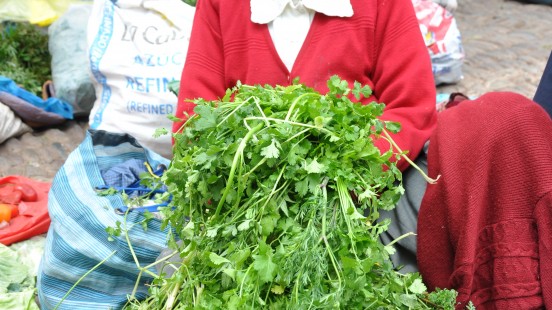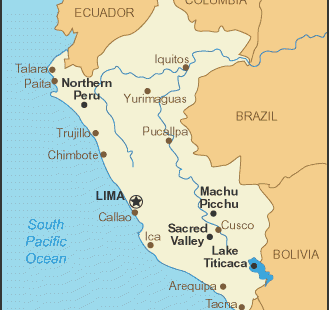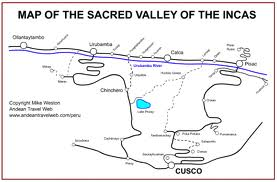
Herbal Pisac, Urambmba, Peru
Posted in My Kind of People by Ben Brown Photography on July 31, 2013The Sunday market at Pisac is lively and colourful. Local Peruvian’s travel from far away to sell their products that they have been growing and making.
This lady was very proud of her ‘Coriander’ that she had grown and was quite happy to have her photograph taken.
Písac is a Peruvian village in the Sacred Valley on the Urubamba River. One of its more notable features is a large pisonay tree which dominates the central plaza. The sanctuary of Huanca, site of a sacred shrine, is also near the village. Pilgrims travel to the shrine every September.
The area is perhaps best known for its Incan ruins, known as Inca Písac, which lie atop a hill at the entrance to the valley. The ruins are separated along the ridge into four groups: Pisaqa, Intihuatana, Q’allaqasa, and KinchiracayIntihuatana group includes the Temple of the Sun, baths, altars, water fountains, a ceremonial platform, and an intihuatana, a volcanic outcrop carved into a “hitching post for the Sun” (or Inti). The angles of its base suggest that it served to define the changes of the seasons. Q’allaqasa, which is built onto a natural spur and overlooks the valley, is known as the citadel.
The Inca constructed agricultural terraces on the steep hillside, which are still in use today. They created the terraces by hauling richer topsoil by hand from the lower lands. The terraces enabled the production of surplus food, more than would normally be possible at altitudes as high as 11,000 feet. The narrow rows of terraces beneath the citadel are thought to represent the wing of a partridge (pisaca), from which the village and ruins get their name. The birds are also common in the area at dusk.
© Ben Brown Photography. Website by Knavesmire IT.



Comments (0)